Blogs & News
We are focus on automotive wiring harness & connectors technology.

What is the Specific Function of the HVIL (High Voltage Interlock) in Automotive High-Voltage Connectors?
- Gvtong Electronic
- 10-cavity connectors manufacturer, 12 volt automotive wire connectors, 12 volt automotive wire connectors manufacturer, 48V board net connectors, adas automotive connector, ADAS automotive connectors, ADAS automotive connectors manufacturer, Anti-vibration automotive connectors, Automated assembly connectors, Automated assembly connectors Cost-effective automotive connectors, Automotive and Sealed PCB Wire Connectors, Automotive and Transportation Connector Companies Russia, automotive antenna connector, automotive antenna connector manufacturer, automotive camera connector, automotive connectors, automotive connectors and terminals, automotive connectors for photovoltaic, automotive connectors manufacturer, automotive diagnostic connector, automotive high voltage connectors, automotive hybrid connector, automotive optical fiber connector, Automotive vibration - resistant connector, Automotive-grade AEC-Q200 connectors, Blind-mate automotive connectors, Common Types of Automotive Connectors, Cost-effective automotive connectors, Halogen-free automotive connectors, Recyclable material connectors, Redundant safety connectors, Thermal management connectors, Wireless charging connectors
- No Comments
What is the Specific Function of the HVIL (High Voltage Interlock) in Automotive High-Voltage Connectors?
The rapid rise of electric vehicles (EVs) and hybrid electric vehicles (HEVs) has transformed the automotive industry, with high-voltage (HV) systems becoming a cornerstone of modern vehicle design. These systems, operating at voltages often exceeding 300V and sometimes reaching 800V or more, power critical components like electric motors, battery packs, and inverters. However, such high voltages introduce significant safety risks, including electric shock, arcing, and thermal hazards. To mitigate these dangers, automotive high-voltage connectors incorporate a critical safety feature known as the High Voltage Interlock (HVIL). The HVIL is a safety mechanism designed to ensure that high-voltage circuits remain de-energized during maintenance, disconnection, or system faults, protecting technicians, drivers, and passengers alike.
The HVIL serves as a fail-safe, monitoring the integrity of high-voltage connections and preventing accidental exposure to live circuits. Its importance cannot be overstated in the context of EVs, where battery packs can deliver thousands of watts of power, and even a momentary lapse in safety could lead to catastrophic consequences. Chinese manufacturers, such as COCENTRA, and global players like TE Connectivity and Amphenol, have integrated HVIL into their high-voltage connector designs, adhering to standards like ISO 26262 for functional safety. These connectors are vital not only in EVs but also in charging infrastructure and industrial applications, where high-voltage systems are prevalent.
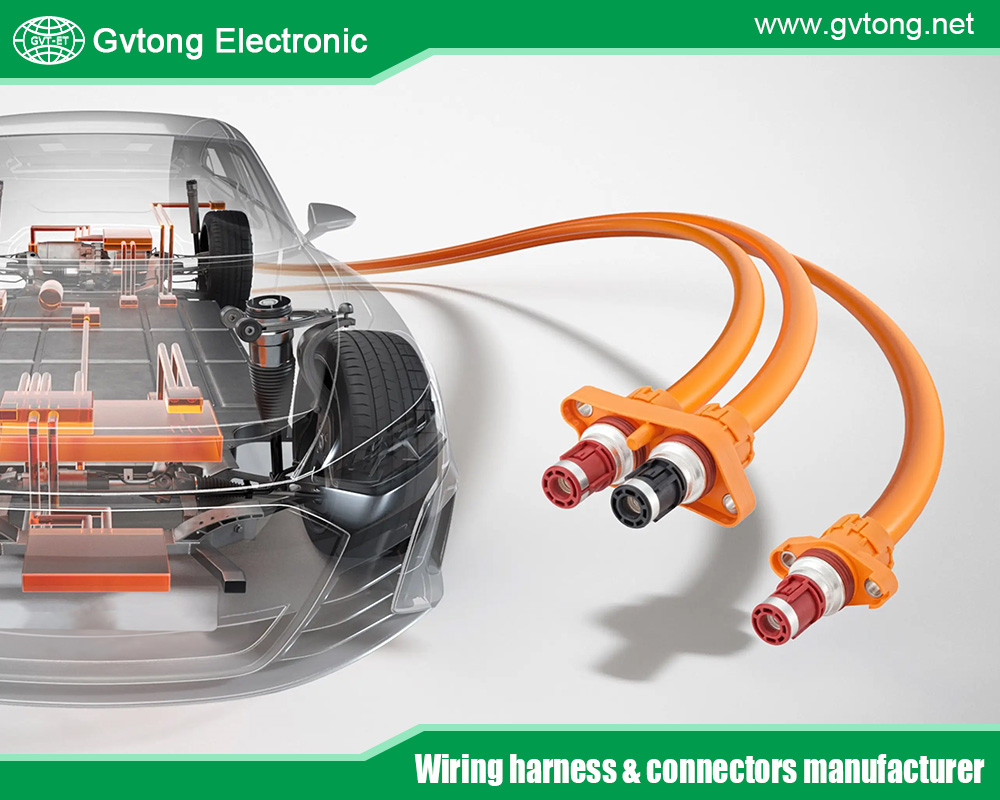
This article explores the specific function of the HVIL in automotive high-voltage connectors, delving into its operational principles, design components, applications, and role in ensuring safety. We’ll examine how HVIL systems work in tandem with connectors, the standards governing their implementation, and their impact on the reliability of EVs. Additionally, we’ll highlight advancements driven by manufacturers and the future of HVIL technology as the automotive industry pushes toward higher voltages and faster charging. By understanding the HVIL’s role, engineers, technicians, and enthusiasts can better appreciate its contribution to safe and efficient electrified transportation.
Understanding Automotive High-Voltage Connectors and the Need for HVIL
High-voltage connectors in automotive applications are specialized interfaces that transmit power and signals between high-voltage components, such as battery packs, inverters, and electric motors. Unlike low-voltage connectors (e.g., 12V systems), these operate at voltages typically ranging from 300V to 800V DC or higher, handling currents up to 400A or more in fast-charging scenarios. They are engineered for durability, with features like IP67/IP69K sealing for environmental protection, robust locking mechanisms, and shielding to prevent electromagnetic interference (EMI). However, their high energy capacity poses risks, necessitating advanced safety mechanisms like the HVIL.
The HVIL, or High Voltage Interlock, is a safety circuit integrated into these connectors to monitor the connection status and ensure that high-voltage power is only active when the system is fully and correctly connected. Its primary function is to detect any disconnection, fault, or unauthorized access to high-voltage circuits and trigger a shutdown of the power supply, thereby preventing electrical hazards. For example, during maintenance, if a technician attempts to disconnect a high-voltage connector without proper de-energization, the HVIL circuit senses the interruption and cuts power to avoid arcing or shock.
The need for HVIL arises from the inherent dangers of high-voltage systems. A 400V DC system can cause severe injury or death, and arcing during disconnection can damage components or ignite flammable materials. Additionally, EVs operate in dynamic environments, with vibrations, thermal cycling, and potential crash scenarios that could compromise connector integrity. The HVIL ensures that any such compromise triggers an immediate safety response, aligning with functional safety standards like ISO 26262, which mandates risk reduction in automotive systems.
In practical terms, HVIL systems are implemented in connectors used in battery management systems (BMS), power distribution units (PDUs), and charging ports. They are critical in both passenger EVs and commercial vehicles, where uptime and safety are paramount. The HVIL’s role extends beyond the vehicle itself to charging infrastructure, ensuring safe connections during high-power DC fast charging, which can exceed 350 kW.
The Specific Function of HVIL in High-Voltage Connectors
The HVIL’s specific function is to provide a low-voltage control circuit that monitors the continuity of high-voltage connector systems and ensures that power is only supplied when all connections are secure. This is achieved through a dedicated loop circuit, typically operating at 12V or 24V, that runs parallel to the high-voltage circuit. The HVIL circuit is integrated into the connector’s design, using additional pins or contacts separate from the power-carrying ones.
Here’s how it works: when a high-voltage connector is mated correctly, the HVIL circuit forms a closed loop, signaling to the vehicle’s control unit (e.g., the BMS or PDU) that it is safe to energize the high-voltage circuit. If the connector is disconnected, tampered with, or improperly mated, the HVIL loop breaks, triggering the control unit to immediately cut power to the high-voltage circuit. This process occurs in milliseconds, preventing exposure to live voltage. For instance, in a battery pack connector, the HVIL ensures that power is disabled before the connector is fully disengaged, avoiding arcing.
The HVIL also incorporates a time delay mechanism in some designs to account for normal connection and disconnection sequences, ensuring that power is not cut prematurely during intentional maintenance. This is critical in service scenarios, where technicians follow a lockout-tagout procedure to safely access high-voltage components. The HVIL’s low-voltage circuit is designed with high reliability, using gold-plated contacts for low resistance (typically <10 mΩ) and materials like PBT for insulation, ensuring consistent performance under environmental stresses.
Another key function is fault detection. The HVIL can detect issues like short circuits, open circuits, or insulation failures within the connector or cable assembly. For example, if a cable is damaged in a crash, the HVIL loop may break, prompting the system to isolate the high-voltage source. This enhances crash safety, a critical requirement in EVs where battery packs are vulnerable.
In charging applications, HVIL ensures that the charging port only activates when the plug is fully inserted and locked, preventing arcing during plug-in or plug-out. This is particularly vital in DC fast chargers, where high currents amplify risks. The HVIL’s integration into standards like SAE J1772 and IEC 62196 ensures compatibility across global charging networks.
Design Components of HVIL in Automotive High-Voltage Connectors
The HVIL system comprises several key components within the high-voltage connector, each contributing to its safety function:
- HVIL Contacts/Pins: These are dedicated low-voltage pins (often two) within the connector, separate from the high-voltage power pins. Made of materials like brass with gold plating, they ensure reliable continuity for the HVIL loop. For example, COCENTRA’s HV connectors include HVIL pins with impedance control to maintain signal integrity.
- Connector Housing: The housing, typically made from high-temperature-resistant plastics like PBT or PA66, encases the HVIL and power pins, providing insulation and environmental sealing (e.g., IP67). It includes polarization features to prevent incorrect mating, which could bypass the HVIL.
- Locking Mechanism: A secure lock, such as a push-pull or lever-type mechanism, ensures the connector remains mated. The HVIL circuit is often tied to this lock, so any attempt to unlock or disconnect breaks the loop first, de-energizing the system.
- Cabling and Wiring: The HVIL loop uses shielded twisted pair or dedicated low-voltage wires within the cable assembly, minimizing EMI. These wires are tested for low resistance and high insulation to ensure reliable loop operation.
- Control Interface: The HVIL interfaces with the vehicle’s BMS or PDU, which monitors the loop’s status via sensors or microcontrollers. If the loop is open, the control unit triggers relays or contactors to isolate the high-voltage source.
These components are designed to withstand vibrations (per IEC 60068), thermal cycling (-40°C to +125°C), and humidity, ensuring HVIL reliability in automotive conditions. Manufacturers like TE Connectivity incorporate multi-stage locking and color-coded HVIL pins for error-proof assembly.
Applications and Importance in Automotive Systems
The HVIL is integral to several automotive systems:
- Battery Management Systems (BMS): HVIL ensures safe connections between battery packs and controllers, protecting against faults during operation or maintenance.
- Power Distribution Units (PDUs): In PDUs, HVIL prevents live voltage exposure when connecting inverters or motors.
- Charging Infrastructure: HVIL secures fast-charging ports, ensuring power flows only when the connector is fully engaged.
- Traction Motors: HVIL protects motor connections, critical for vehicle performance and safety in crashes.
Its importance lies in preventing accidents, extending component lifespan by reducing arcing, and ensuring compliance with safety regulations. For instance, ISO 26262 requires HVIL for ASIL-rated systems, ensuring functional safety.
Advancements and Manufacturing in China
Chinese manufacturers like COCENTRA have advanced HVIL technology by integrating it into compact, high-current connectors for EVs. With IATF16949 certification, they use automated assembly and testing to ensure precision. Innovations include HVIL designs with diagnostic feedback, alerting systems to potential faults. China’s cost-effective production and robust supply chain make it a leader in HVIL-enabled connectors, serving global OEMs.
Future Trends in HVIL Technology
Future HVIL systems will support higher voltages (e.g., 1000V) for ultra-fast charging and integrate with smart diagnostics for predictive maintenance. Wireless HVIL monitoring and integration with vehicle-to-grid (V2G) systems are emerging trends. Chinese manufacturers are investing in sustainable materials and AI-driven quality control to meet these demands.
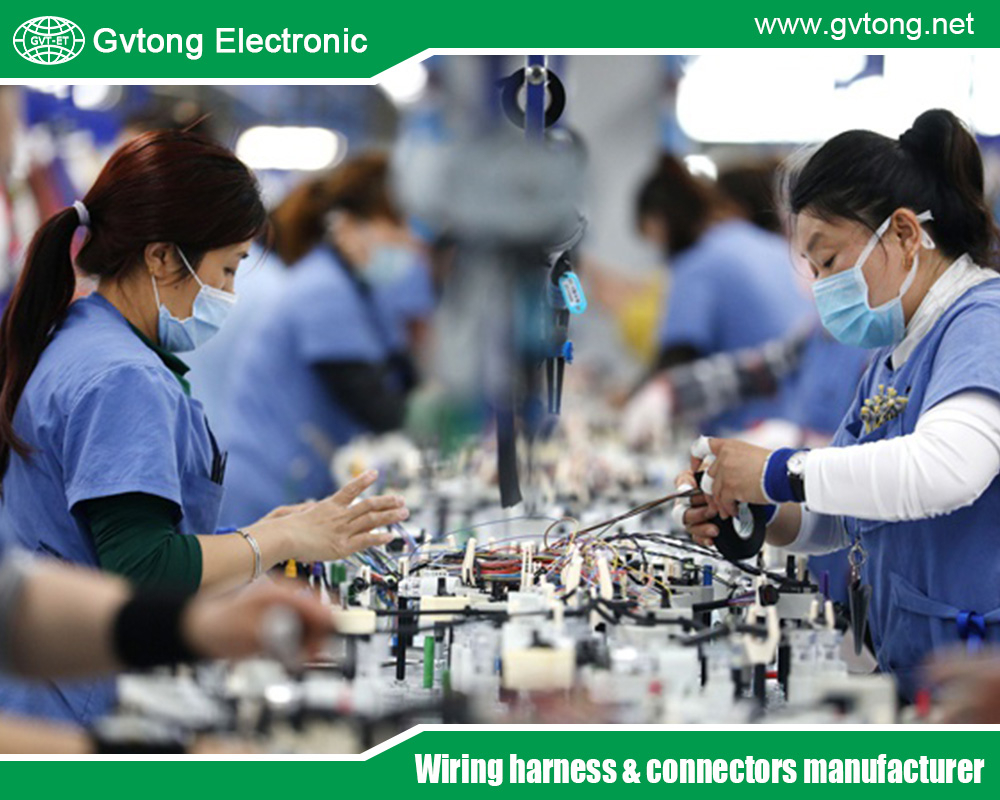
Conclusion
The HVIL is a critical safety feature in automotive high-voltage connectors, ensuring safe operation by monitoring connection integrity and preventing live voltage exposure. Its robust design and integration into EV systems underscore its importance in advancing electrified transportation. As manufacturers like COCENTRA innovate, HVIL technology will continue to evolve, supporting safer and more efficient vehicles.
For more about what is the specific function of the HVIL (High Voltage Interlock) in automotive high-voltage connectors, you can pay a visit to Gvtong at https://www.gvtong.net/ for more info.
Recent Posts
How Automotive Multi-Pin Connectors Work?
How Modular Automotive Connectors Power the Modern Automotive Revolution
Tags
Recommended Products
-

GIPT 3-core wiring connector
-
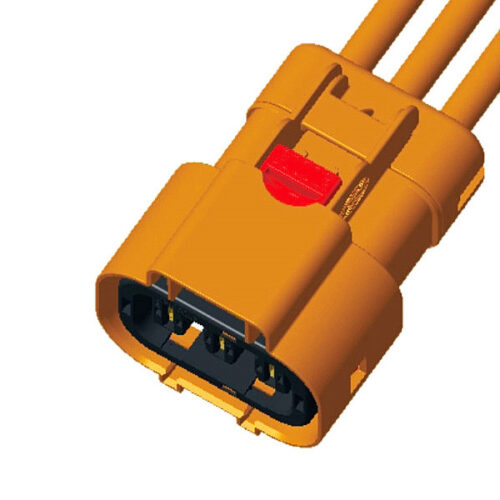
Connector plug+socket-GH630 series-3P
-

GH800 Series-2-core plastic high voltage connector
-

GH Series-HV6-2-core Plastic High Voltage Connector
-
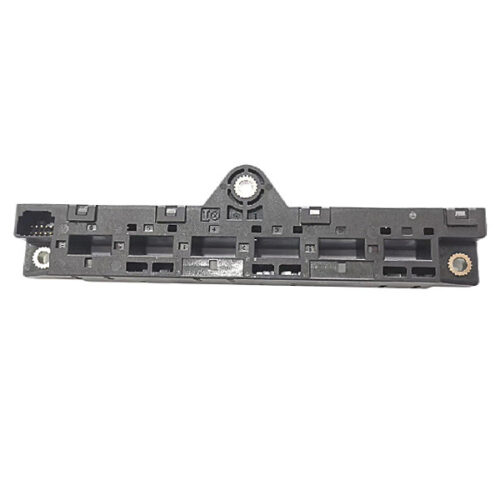
Current sensor bracket
-
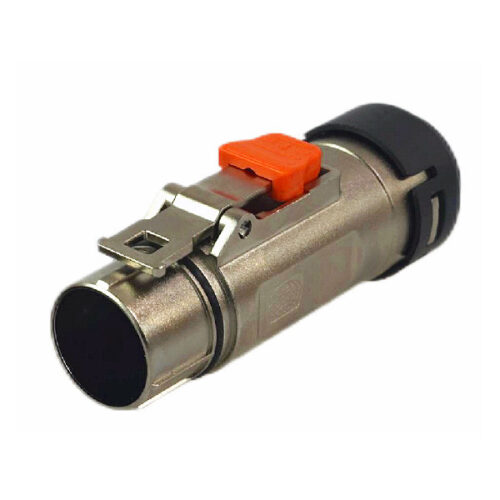
GM Series-10mm-Single Core Metal Connector
-
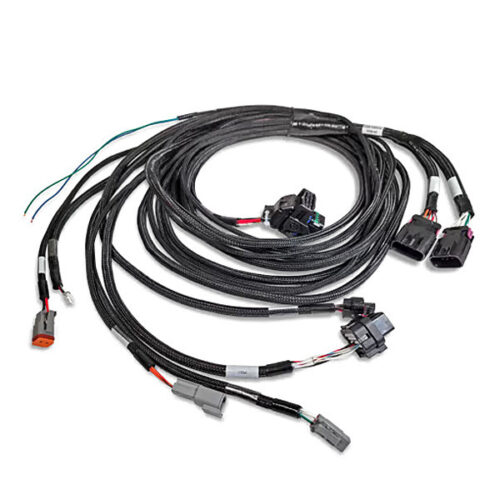
Automotive low pressure wiring harness
-

Rectangular connector-32 core
